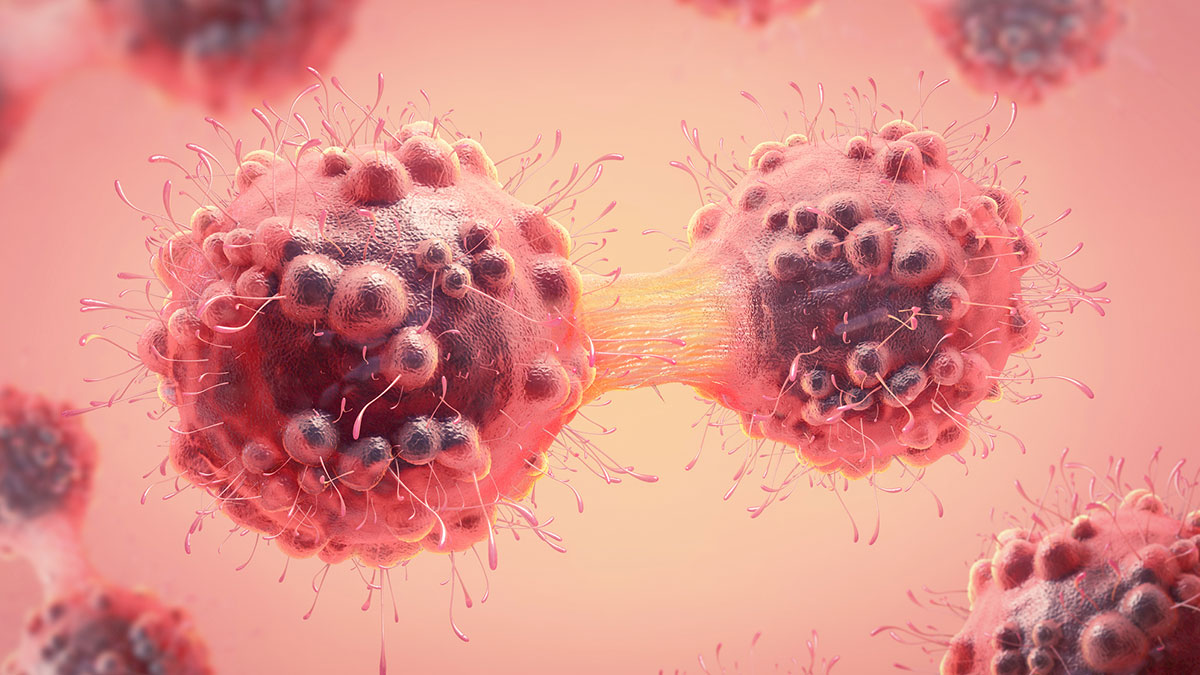Changing focus to cachexia may be key to improved cancer outcomes

Cachexia could be the next blockbuster area in cancer therapeutics because of its link to survival outcomes. Physician and researcher Dr. Daniel L Marks discusses the historial challenges to developing a therapeutic for this condition and what may finally be on the horizon.
Until recently, cancer research and resulting therapeutic approaches have focused on one thing: "get the tumour." However, focusing on the tumour came at the cost of ignoring the host – the human being who is living with all of the consequences that cancer can bring on.
A major revolution in cancer therapy began by recognising that an effective therapy must not only address the microenvironment of the tumour but also the macroenvironment of the host. This shift in thinking allowed a new era of treatment, immunotherapies, to become the mainstream standard of care. Of course, there’s still more work to be done; immunotherapies are not the panacea.
Indeed, the next era of blockbuster cancer therapeutics could be focused on treating what ends up being the cause of death for up to 40% of cancer patients – cachexia.
Historically, cachexia has not been fully understood. Also known as wasting syndrome, cachexia is often incorrectly viewed as simply an inevitable side effect to cancer and other chronic conditions. But it’s not simple nor necessarily tolerable. Nearly 10 years ago, an article from the National Cancer Institute described cachexia as "a form of metabolic mutiny in which the body overzealously breaks down skeletal muscle and adipose tissue, which stores fat."
Although the problem is serious and incredibly common, the existing drug landscape is bleak. Current approaches consist of efforts to maximise nutrition, exercise, and rehabilitation. Additional approaches, such as glucocorticoids, may provide some relief but can also negatively impact quality of life and must be used judiciously. Although, because of the limited treatment options available, many argue that they have become more standard than they ought to be.
Research such as the work conducted at Oregon Health & Science University has brought cachexia to the forefront with new data providing further understanding of its underlying biology. The studies show that hyperactivity of the central melanocortin system appears to be a common factor in cachexia. In acute conditions, this response is beneficial because it “starves” the infection and directs the body to divert energy into fighting off the infection. However, melanocortin hyperactivity is not sustainable in chronic conditions.
An indirect approach to acting on the melanocortin system is through ghrelin receptor agonists; a therapeutic in this class was recently approved for commercialisation in Japan for malignant non-small cell lung cancer, gastric cancer, pancreatic cancer and colorectal cancer.
An alternate approach involves targeting the melanocortin system directly. Research has established that both appetite and metabolic rate, which are both disordered during the initiation and maintenance of cachexia, is mediated through the melanocortin‐4 receptor (MC4R). Study findings suggested that blocking MC4 receptors can attenuate cachexia. However, developing an effective drug compound that can reach MC4 has been challenging because any such compound will need to be able to cross the blood-brain barrier. Indeed, there are several therapeutic candidates that have shown efficacy but only when administered intracerebroventricularly.
One early-stage peptide compound, called TCMCB07 (Endevica Bio), has shown promise to this effect in several small animal models. In a study published by The Journal of Clinical Investigation, researchers evaluated TCMCB07 in rat cachexia models. Data showed TCMCB07 with intraperitoneal, subcutaneous, and oral administration was able to preserve fat mass and lean mass, while also increasing food intake and body weight.
Further evidence of its potential efficacy as a drug candidate was also established based on diminished hypothalamic inflammatory gene expression. Building upon this promise of oral administration, a study published in the Journal of Cachexia, Sarcopenia and Muscle, further supported the ability of TCMCB07 to cross the blood-brain barrier.
Further, a veterinary hospital trial network across the United States, established with assistance from the University of Missouri College of Veterinary Medicine, has been studying the ability of TCMCB07 to reverse cachexia in client-owned dogs. Results showed the therapeutic achieved statistically significant increased body weight (p ≤ 0.03) and improvement in thin dog condition scale (p ≤ 0.01). Some dogs continued on the drug for expanded use for up to approximately 360 days and there were no significant drug-related adverse events. Demonstrating a robust safety profile can be considered a major milestone because previous melanocortin-based drug candidates had significant cardiovascular side-effects in clinical trials.
The body of evidence surrounding the melanocortin antagonist peptide has generated anticipation for human clinical studies, which are expected to begin by the first quarter of 2022.
While it is still a long road, if human studies are successful and drugs like TCMCB07 are approved to treat cancer cachexia, then it is conceivable that they will usher in a new era of treatment and an entirely new therapeutic approach that could significantly improve not only survival but also quality of life. And, because cachexia can be a result of many other chronic conditions – including chronic kidney disease, congestive heart failure, HIV and COPD – any viable treatment could become a major blockbuster.
About the author
Dr. Daniel L. Marks is an established physician scientist with experience leading clinical research studies. He serves as the senior associate dean for research at the Oregon Health & Science University (OHSU) School of Medicine, Associate Director of the OHSU M.D. Ph.D. Program, and as the Director of the Papé Family Pediatric Research Institute at OHSU. He is on the Endevica Bio Board of Directors and a paid consultant to the company.



